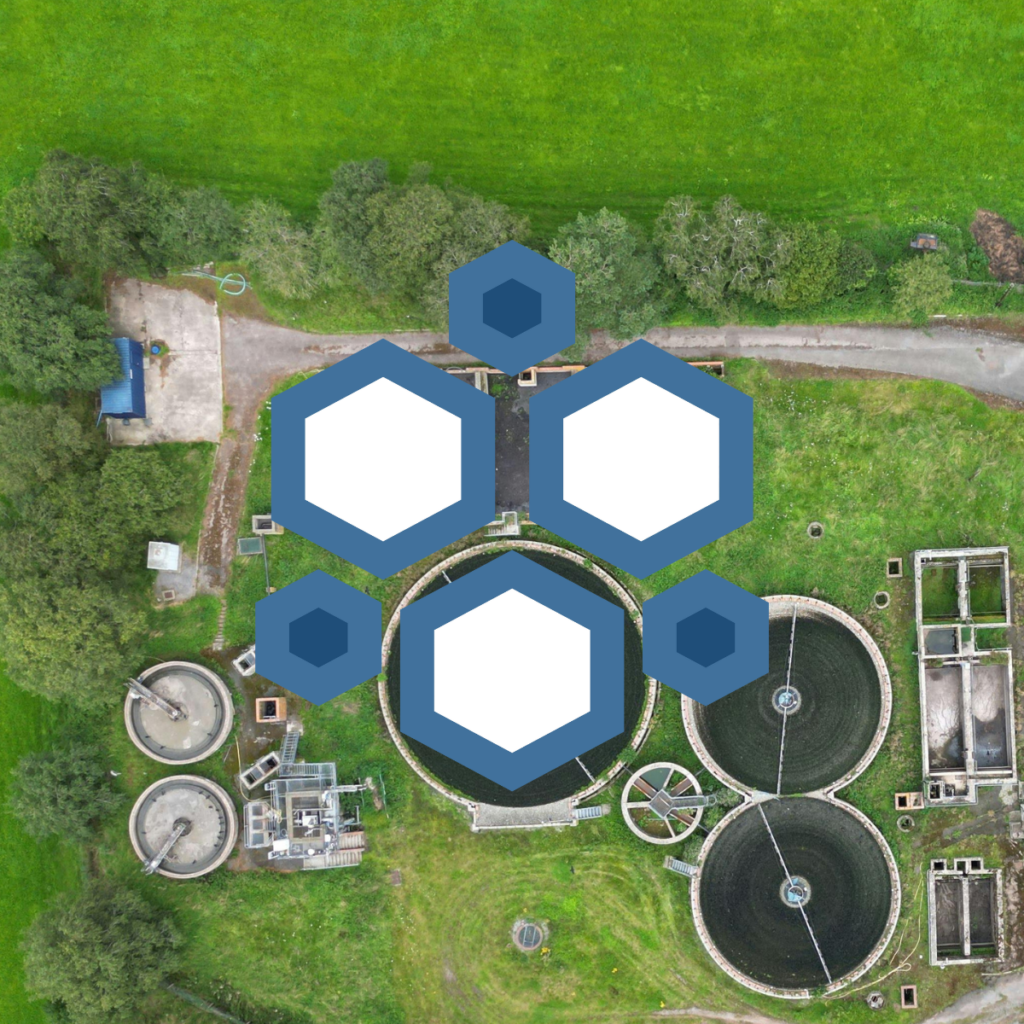
What is wastewater?
Wastewater is any water that has been affected by human use. It comes from a variety of sources, including households (think sinks, showers, and toilets), industries, and agricultural processes. Essentially, it’s the used water that needs to be cleaned before it can be safely released back into the environment or reused.
Why is Wastewater Surveillance Important?
Wastewater surveillance involves monitoring the contents of wastewater to gain insights into public health. This approach can reveal a lot about public health because everything that goes down the drain can provide clues about what’s happening in the population. For example, it can help track the spread of infectious diseases like diarrheal diseases, COVID-19, monitor levels of drugs or other substances, and even detect outbreaks before people start showing symptoms.
The Value of Wastewater Data to Public Health
Data from wastewater is incredibly valuable for several reasons:
1. Early Detection of Disease Outbreaks
Wastewater can contain viral genetic material before people show symptoms. This means health officials can detect outbreaks early and respond swiftly through targeted interventions such as increased testing or public health advisories.
2. Tracking Disease Trends
By regularly testing wastewater, scientists can observe trends in infection rates over time. This helps in understanding how diseases spread and peak.
3. Monitoring Substance Use
Wastewater analysis can reveal patterns in drug use within communities, aiding in public health interventions.
4. Assessing Public Health Measures
It can help gauge the effectiveness of health policies, such as lockdowns or vaccination campaigns, by showing changes in viral loads or other health indicators in the population. Knowing which areas are most affected by a disease allows for better resource allocation such as distribution of medical supplies and personnel.



